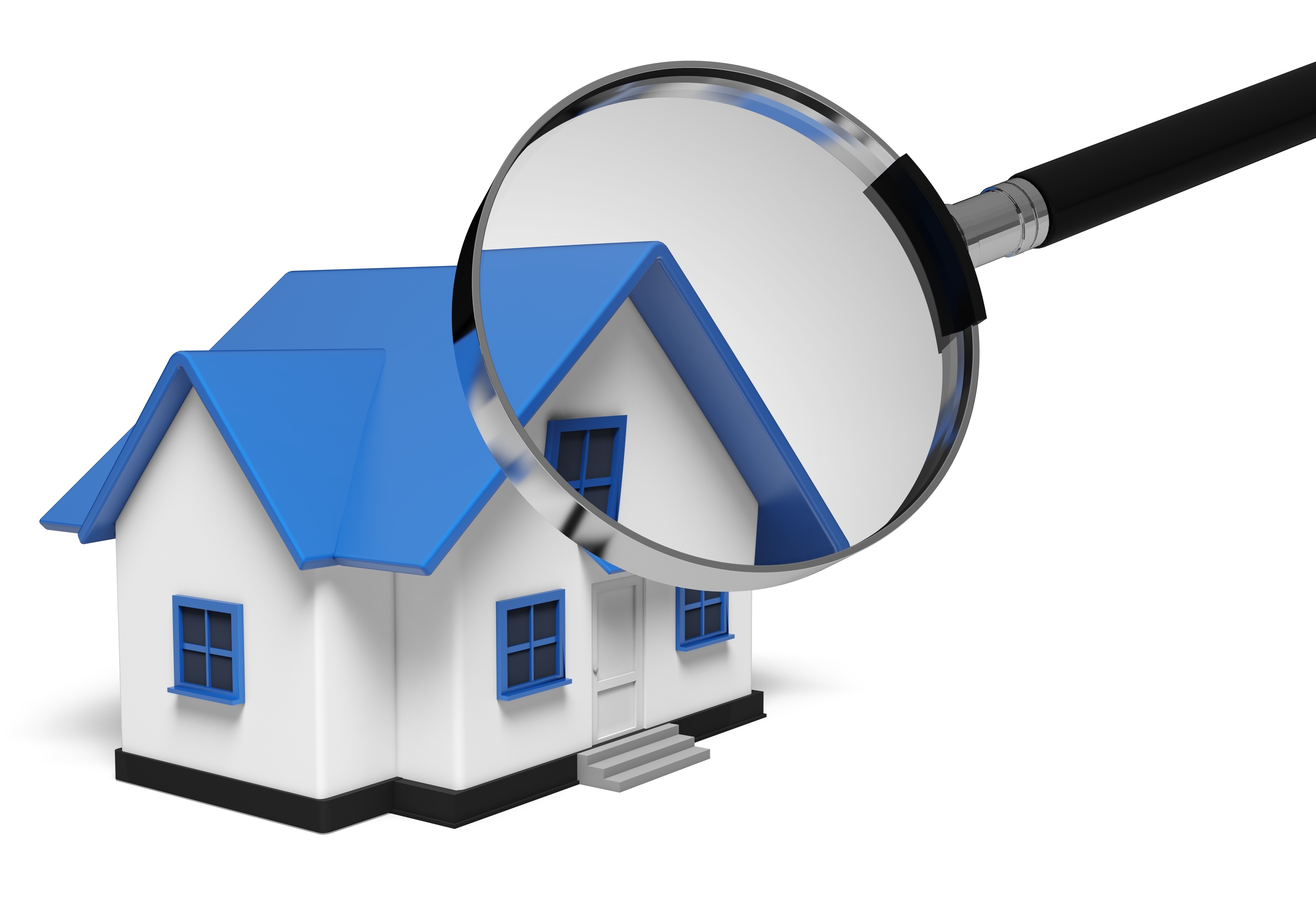
Real Property Appraisals: A PrimerPurchasing a house is the most serious investment some people may ever consider. Whether it's where you raise your family, a seasonal vacation property or a rental fixer upper, the purchase of real property is an involved financial transaction that requires multiple people working in concert to pull it all off. Practically all the people involved are very familiar. The real estate agent is the most familiar face in the transaction. Then, the lender provides the financial capital needed to fund the deal. The title company makes sure that all areas of the transaction are completed and that a clear title passes to the buyer from the seller. So, what party makes sure the property is worth the purchase price? In comes the appraiser. We provide an unbiased opinion of what a buyer could expect to pay — or a seller receive — for a parcel of real estate, where both buyer and seller are informed parties. A licensed, certified, professional appraiser from Vanessa Giles will ensure, you as an interested party, are informed. The inspection is where an appraisal beginsOur first duty at Vanessa Giles is to inspect the property to ascertain its true status. We must see aspects of the property hands on, such as the number of bedrooms and bathrooms, the location, and so on, to ensure they indeed are there and are in the condition a typical buyer would expect them to be. The inspection often includes a sketch of the house, ensuring the square footage is correct and illustrating the layout of the property. Most importantly, the appraiser identifies any obvious features - or defects - that would affect the value of the house. Back at the office, an appraiser uses two or three approaches to determining the value of real property: sales comparison and, in the case of a rental property, an income approach. 
Cost ApproachThis is where the appraiser uses information on local building costs, the cost of labor and other elements to determine how much it would cost to replace the property being appraised. This figure often sets the maximum on what a property would sell for. It's also the least used method. 
Analyzing Comparable SalesAppraisers can tell you a lot about the subdivisions in which they appraise. They innately understand the value of certain features to the residents of that area. Then, the appraiser looks up recent sales in close proximity to the subject and finds properties which are 'comparable' to the subject being appraised. By assigning a dollar value to certain items such as fireplaces, room layout, appliance upgrades, extra bathrooms or bedrooms, or quality of construction, we add or subtract from each comparable's sales price so that they are more accurately in line with the features of subject property.
A true estimate of what the subject could sell for can only be determined once all differences between the comps and the subject have been evaluated. At Vanessa Giles, we are an authority when it comes to knowing the worth of particular items in Woodruff and Oneida County neighborhoods. The sales comparison approach to value is usually given the most importance when an appraisal is for a real estate purchase. Valuation Using the Income ApproachIn the case of income producing properties - rental houses for example - we may use a third approach to value. In this scenario, the amount of income the real estate yields is taken into consideration along with income produced by comparable properties to determine the current value. ReconciliationCombining information from all approaches, the appraiser is then ready to document an estimated market value for the property at hand. Note: While the appraised value is probably the most accurate indication of what a property is worth, it probably will not be the price at which the property closes. There are always mitigating factors such as seller motivation, urgency or 'bidding wars' that may adjust the final price up or down. Regardless, the appraised value is often employed as a guideline for lenders who don't want to loan a buyer more money than they could get back in case they had to put the property on the market again. The bottom line is, an appraiser from Vanessa Giles will guarantee you get the most fair and balanced property value, so you can make the most informed real estate decisions. |